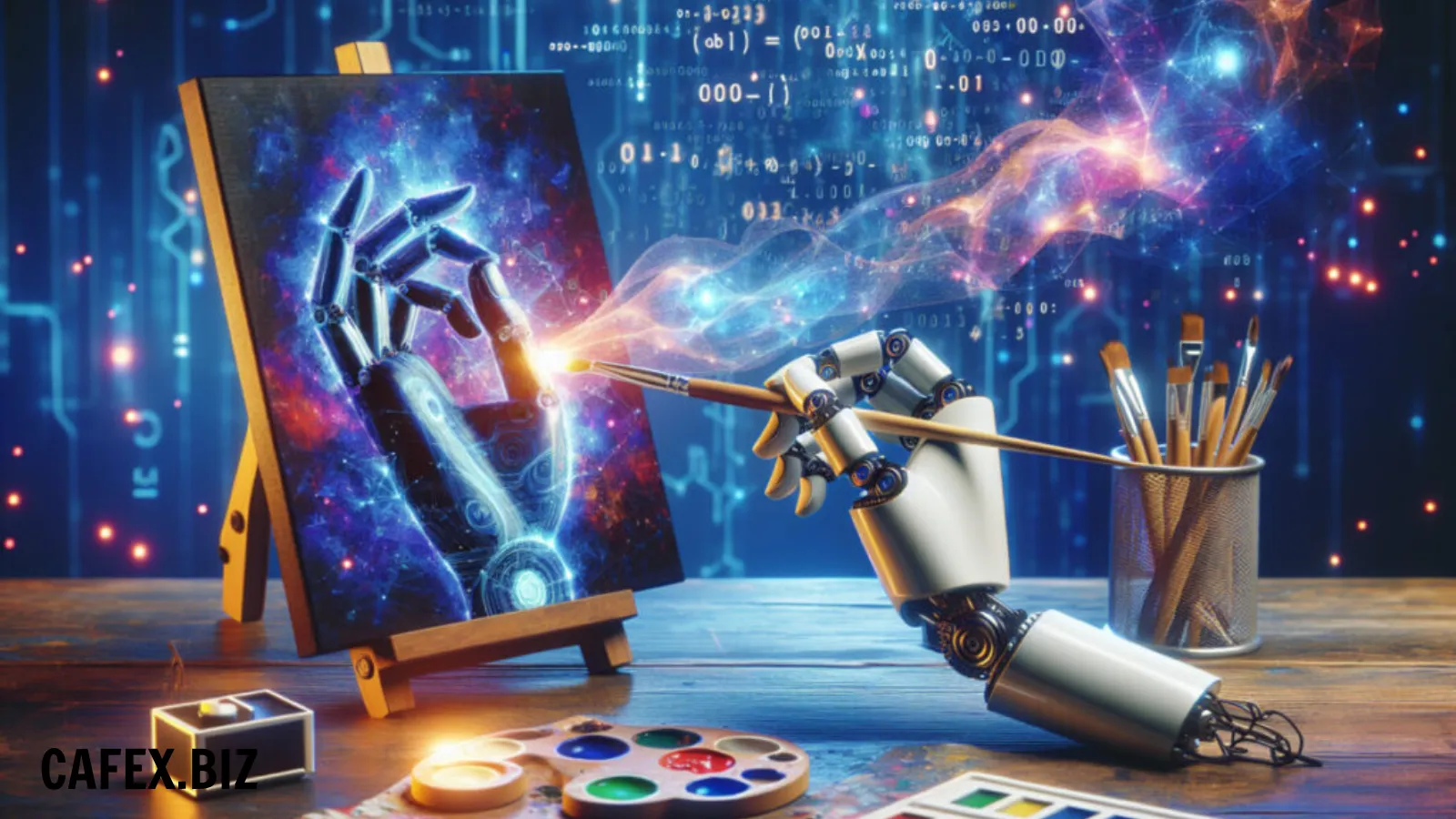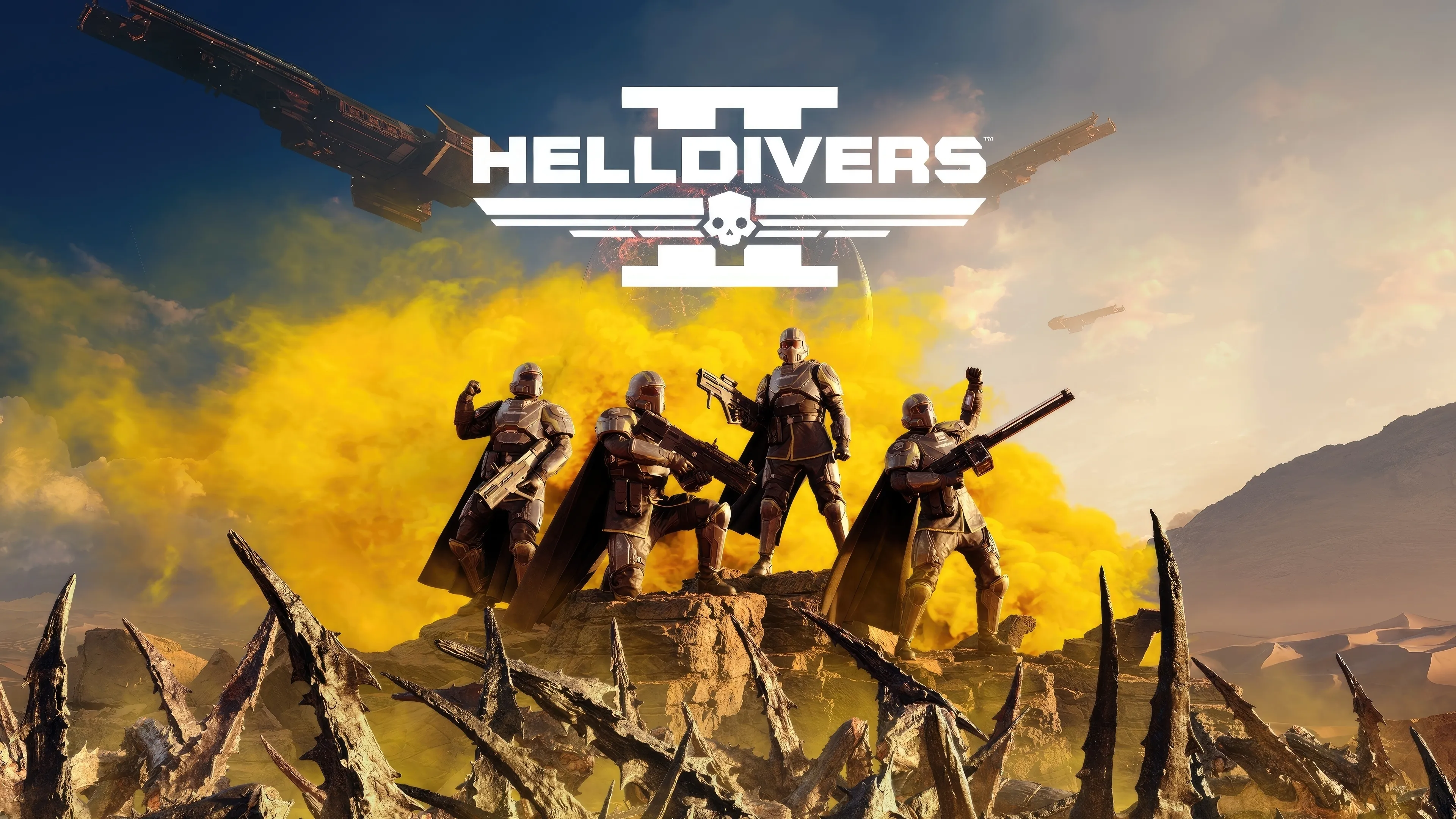Dall-E, Point-E, and Bing Image Creator, etc are a few examples of AI image generators that generate stunning outcomes but may occasionally be very frustrating.

An AI can produce spectacular photos that look to be professional photography and compelling art in a variety of styles from simple prompts involving only a few words. The same question, nevertheless, will occasionally produce an unusual creation or humorous portrayal.
AI image generators struggle with hands
Anyone who has used AI algorithms to produce images may have seen that hands are rarely provided accurately. Why is it so difficult to use hands?
The attempt to teach machines with artificial intelligence what human hands should look like has advanced, but there is still much to be done. It's simple to overlook mistakes if fingers aren't prominently shown, yet this is a persistent issue.

These images of persons holding hands were made by OpenAI's Dall-E, one of the first and most effective AI image producers now accessible to the general public. It could appear fine at first glance. Upon closer examination, several issues, such as additional fingers and odd fingernails, become obvious. Even more difficult are interlaced fingers and tricky grips.
Generative adversarial networks (GANs) or stable diffusion are used by AI engines to create images. For even the most basic artworks, both technologies demand a lot of source material, expertise, and processing power.

The images from which a machine learns don't always illustrate hands clearly or consistently, and a machine doesn't truly comprehend the concept of hands. Because hands are shown in a range of positions in the source images that AI learns from, which are primarily 2D. No matter if they are straight or curled, revealing five or three fingers.
AI models find it difficult to draw eyes
The representation of human eyes is challenging for many AI technologies. The structure of the human eye is incredibly detailed and complex, with several layers, tissues, and nerves. In addition to being crucial to vision, the eyes are also important for nonverbal communication and emotional expression. As a result, it is very difficult for AI models to capture the fine details and nuances of the human eye.
The eyes are the windows to the soul, therefore they are very important in communicating feelings. AI models struggle to comprehend and imitate the complex emotional cues that are frequently present in human eyes. This difficulty can be related to the models' limited understanding of human emotions and the complex interaction of the muscles.

A shortage of high-quality training data is a major factor in why AI algorithms have trouble accurately rendering human eyes. Large amounts of training data, such as photos of eyes in different postures, lighting situations, and emotional states, are necessary for AI models to learn to produce realistic images. Unfortunately, the data sets that are readily available frequently lack the diversity and excellence required for AI algorithms to pick up on the intricacies of human vision.

The studio backdrop and family portrait pose were executed admirably using Bing Image Creator. However, practically everyone possesses strange eyes that appear to have been inserted by aliens.
AI cannot produce images with troublesome tools and machines
An AI finds it difficult to comprehend what complicated tools and machines are and how they are utilized. An AI picture generator called Midjourney is excelling at handling issues with hands and faces in human images. 
However, when we ask Midjourney to illustrate a technician tightening a bolt with a wrench, this AI tool cannot fulfill this kind of task.
Another example with an image of hair being cut, the scissors are too complicated for Bing Image Creator to handle. The image of the scissors appears to be opened only to a photo and never seems to represent the act of cutting hair.

AI image generators may create horrible teeth
People's smiles typically make pictures more enjoyable and enjoyable. However, AI images of human's smiles may turn into nightmare pictures. For example, with a simple cue like two students grinning and smiling, an AI may transform smiles into nightmare material by adding numerous rows of teeth and other weird distortions.

The well-known Stable Diffusion 2.1 model required assistance to get its teeth in order. These AI picture challenges can be solved, but it still takes effort to achieve good results.
AI art is developing quickly
With each following version, the mistakes become less obvious, and many issues can be solved with some improvement.

To capture a good shot, you might have to make multiple efforts, especially if the subject is hands or faces. Be prepared to spend hours in an image editor removing the AI's jargon letters and blending in the correct text if you want to include print or written words.These remaining issues might be fixed in the very near future, enabling you to use an AI render as a finished artwork or as a substitute for a photograph.




